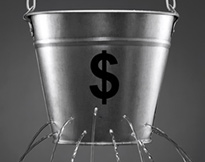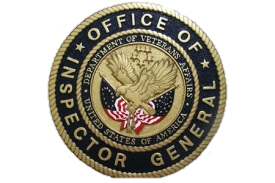Posted by nuclearnetworking on Jun 15, 2020
Doctors, ever feel like you spend more time on documentation than you do with your patients? Does the pile of overdue documentation have you staying late, taking time away from your family? Consider the possibility of implementing a scribe in your practice. Although scribes have been utilized for some time, there seems to be a rapidly growing interest in the practice as of late. In fact, by the end of 2020, the American College of Medical Scribe Specialists, expects to see the employment of 100,000 scribes.
As providers endeavor to improve patient/doctor interaction and streamline documentation, the use of scribes has become increasingly popular.
Education, Regulations, & Guidelines, Oh My!
For a position that seems to be ever increasing in demand, there is actually very little required in the way of education or certification. Although there are online programs available which will train and issue certification, there is currently no requirement for certification or licensure, and the minimum qualification to work as a scribe is usually a high school diploma. In a typical chiropractic practice, a back-office CA can be trained to work with the DC on documentation. EHR systems allow for data entry by one, and authentication by another. Therefore, DCs who get assistance in the treatment room from a team member can review and edit the documentation before signing.
That is not to say that there are no regulations issued for the use of scribes. While the Joint Commission neither endorses, nor prohibits the use of a scribe, they did release the following guidelines in 2012:
“A scribe is an unlicensed person hired to enter information into the electronic medical record (EMR) or chart at the direction of a physician or practitioner. It is the Joint Commission’s stand that the scribe does not and may not act independently but can document a physician’s or a practitioner’s dictation and/or activities.”
Additionally, CMS does not prohibit providers from using scribes, nor do they provide official guidelines for their use. However, your individual Medicare Administrative Contractor (MAC) will likely have specifications to follow. Be sure to know your local guidelines!
Duties of the Scribe
How would a chiropractor use a scribe? A Scribe is defined as “a paraprofessional who specializes in charting physician-patient encounters in real time, such as during examinations.” This could easily be a CA. The scribe records the bulk of documentation for the provider in real time as he/she dictates. The scribe is most often present in the treatment room and will never document encounters outside of the room, independently. The scribe shouldn’t duplicate any previous documentation encounters that do not pertain to the current one or record any information prior to provider/patient interaction. However, the scribe may at times be asked to gather data for the physician, such as previous records, and lab or radiology results. Scribes are, in many ways, taking over the bulk of additional duties most often performed by the provider, freeing him/her for more quality and quantity of time to dedicate to patient/provider relations. Keep in mind that the provider must review the documentation and authenticate the scribe’s signature with that of his/her own, along with the date and time, before leaving the examination or treatment area.
How Will Using a Scribe Affect Compliance?
Clearly the use of a scribe must be incorporated as a piece of your compliance program. A detailed policy should be created and implemented defining the certification (if any), job responsibilities and limitations of the scribe.
As with any other employees, scribes must be provided an orientation with emphasis highlighting their specific role within the practice. Additionally, they must receive regularly verified documentation and compliance training and performance reviews. If your scribe is an Independent Contractor, keep in mind that a Business Associates Agreement must be on file.
Finally, when weighing the option of using a scribe to improve productivity, we encourage you to be proactive and educate yourself and your team regarding the use of scribes, and to have a policy and procedure implemented before you begin.
Need more help? Schedule a free Discovery Assessment or purchase a Solutions Consultation







Comments on Using a Documentation Scribe to Increase Productivity